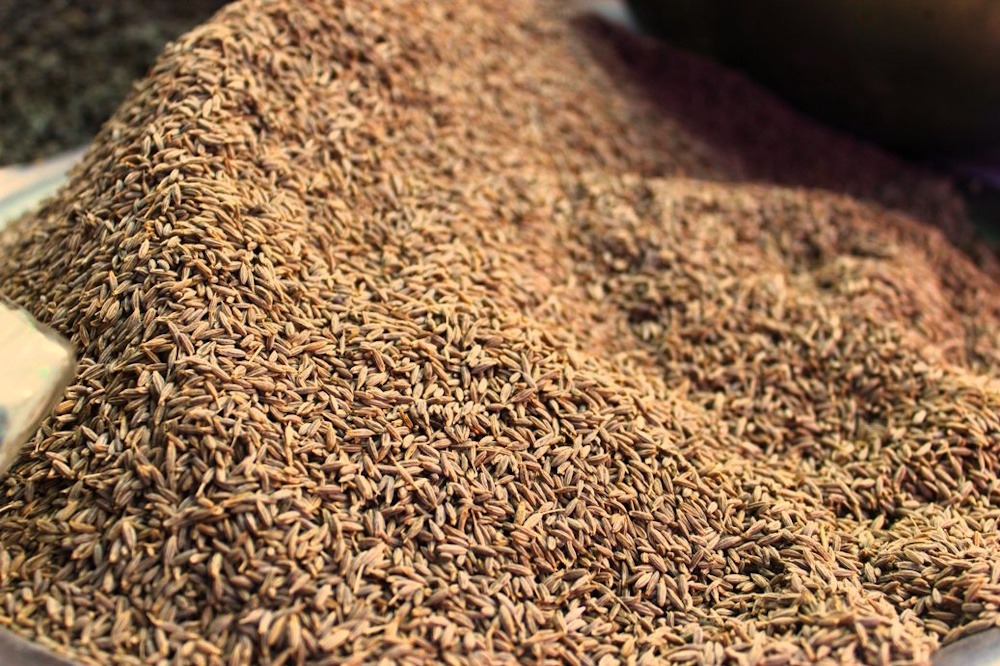
Jeera prices increased by 0.85% to Rs 20,100 due to selective buying in the context of low arrivals, as trading activity across key mandis was curtailed by the Diwali holidays. Support was bolstered following the GST Council’s decision to reduce the GST rate to 5%, a move anticipated to enhance FMCG exports and stimulate domestic consumption. Nonetheless, the potential for growth was constrained by subdued export demand after the conclusion of the retail season and persistent inactivity among foreign buyers.
Abundant domestic supplies and significant carry-forward stocks have also limited upward movement. At present, it is estimated that farmers possess approximately 20 lakh bags of cumin. Of this total, only 3 to 4 lakh bags are likely to be traded prior to the conclusion of the season, resulting in nearly 16 lakh bags remaining as carry-forward stock. Production for the current season is anticipated to mirror last year’s figures, with Gujarat expected to yield approximately 42–45 lakh bags and Rajasthan around 48–50 lakh bags.
On the global front, output from Syria, Turkey, and Afghanistan remains subdued; however, this has not resulted in heightened export demand from India, as overseas interest continues to be weak. During the period from April to August 2025, jeera exports experienced a decline of 17.02% year-on-year, totaling 85,977.39 tonnes. However, exports in August showed a modest increase of 3.24% year-on-year, reaching 12,951.04 tonnes. In Unjha, prices declined by 0.51%, reaching Rs 19,808.5.
From a technical perspective, the market is experiencing short covering, as evidenced by a 1.8% decline in open interest, which now stands at 2,943 lots. Support stands at Rs 19,900, beneath which prices may challenge Rs 19,700, whereas resistance is identified at Rs 20,250, with a breach potentially driving prices towards Rs 20,400.
